9 Tips for a Sensory-Friendly Birthday Party
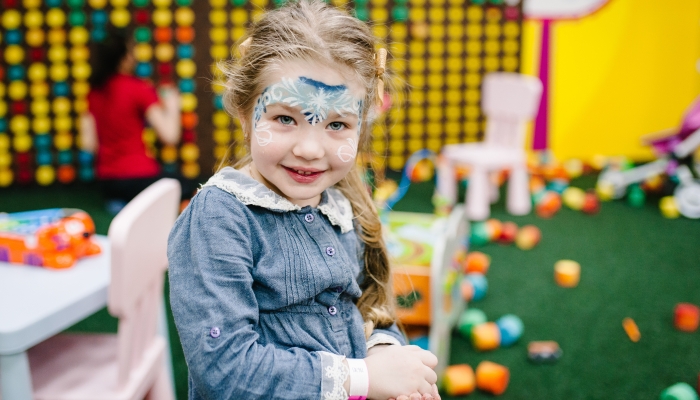
- Children with sensory sensitivities can find birthday parties overwhelming and overstimulating.
- You can plan a sensory-friendly birthday party that’s fun for everyone involved but also caters to your child’s sensory processing difference.
- By planning ahead and staying flexible, you can host a sensory-friendly party that is secure and comfortable for your child without compromising on fun.
All parents want their children to have fun, feel included, and have great memories of their childhood milestones like birthdays. Parents of neurodiverse children may feel pressure to make birthday parties extra special or over the top so that neurotypical friends and classmates will want to attend.
However, parties with lots of guests, noise, lights, music, and activity can be overwhelming. They may trigger sensory overload in children with sensory processing disorder or sensory sensitivity related to autism or attention deficit hyperactivity disorder.
The good news is that there are many ways to create a sensory-friendly birthday party that is fun and inclusive for all your guests where your child can feel comfortable and free to be themselves.
Check out these top tips for a sensory-friendly birthday party that your child will love.
Tip 1: Understand Individual Sensory Needs

Some kids with sensory processing disorder11. Sensory Processing Disorder. Psychology Today. https://www.psychologytoday.com/us/basics/sensory-processing-disorder may find typical birthday parties with colorful balloons, loud music, screaming kids, costumes, and lots of physical activity overwhelming.
Other children with sensory processing difficulties may seek out sensory and tactile input and want a lot of movement and stimulation.
To have a successful party for your child, the first step is to consider their unique and specific triggers and to adjust your party elements to meet their needs.
This might mean your party may look, feel, or sound different from a typical birthday party.
However, lowering the music, limiting the number of guests, or choosing a quiet activity instead of having a raucous disco doesn’t mean your child’s birthday party will be any less fun.
What matters is that your child is comfortable and happy on their special day.
Tip 2: Choose a Low-Stimulation Venue
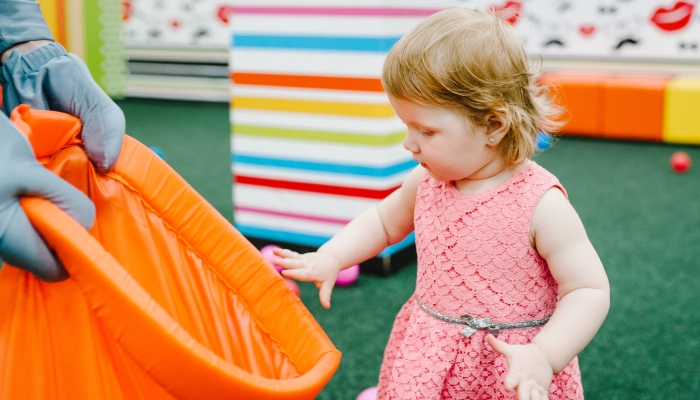
The venue you choose will make a big difference to your child’s enjoyment of the day.
Many children’s gyms, soft play centers, arcades, and birthday venues now offer sensory-friendly and autism-friendly birthday party options with times or spaces you can book for a less noisy, crowded, and stimulating birthday experience.
If you don’t have that option, think about a familiar place your child likes or finds comfortable. Create zones within the space for activities, including a quiet or chill-out zone where anyone can step away from the action when needed.
Plan ahead to ensure there is also a quiet, private space available for your child where you can take them if they need a break or are feeling sensory overload.
Tip 3: Create a Sensory-Safe Activity Plan
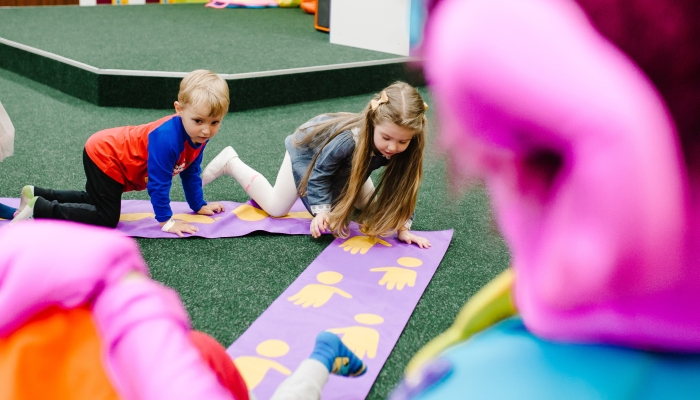
The activities you choose will depend on your child’s interests, abilities, and the space you have. However, there are a few things to keep in mind for any sensory-friendly party plan:
- Select games and activities that are inclusive and adaptable for all abilities
- Make games collaborative rather than competitive
- Reward teamwork rather than winning
- Avoid activities with sudden or loud noises
- Make sure you have enough adults to help kids who may need support with an activity
- If there are teams involved, choose them in advance with your child’s help to avoid exclusion or confusion
- Place gifts somewhere discrete where they won’t distract children and save opening gifts until you’ve returned home after the party
- Remember that gifts can be opened one at a time over a few days and don’t have to be opened all at once
Tip 4: Use Sensory-Friendly Decorations
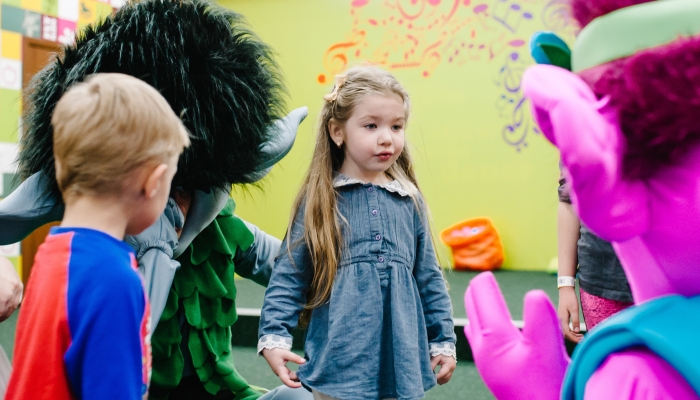
If your child finds lights and color too visually stimulating, opt for visually appealing decorations that are not overwhelming or for decorations in a single color scheme rather than multi-colored.
Instead of covering your table in tons of neon or rainbows, choose your child’s favorite color and stick to that for your decor.
When considering the decorations you choose, think ahead about how children might handle them. For example, everyone has been to a party where a balloon has popped loudly and shocked the whole room.
If loud noise is a trigger for your child, skip the balloons and consider a fun alternative, like having kids blowing bubbles instead.
Distribute quiet fidget toys as party favors instead of blow-out kazoos, whistles, or flashing light toys.
Tip 5: Manage Noise Levels Effectively

If loud sounds and noise can lead to sensory meltdown for your child, ask your venue to lower the music volume, turn off music entirely, or opt for softer music genres.
Make sure your child has noise-canceling headphones if they prefer them. Also, consider creating a quiet zone where your child and other guests can take a sensory break. Bean bags and sensory-friendly toys can be enjoyed by everyone.
Many children with sensory processing differences find loud singing difficult. The Child Mind Institute22. Martin, C.. Sensory-Friendly Party Ideas. Child Mind Institute. 2022. https://childmind.org/article/sensory-friendly-party-ideas suggests making the Happy Birthday song optional.
When it’s time to sing, welcome, but don’t force anyone to sing. You can also choose an alternative way to show good wishes for the birthday kid.
Remember: It’s okay to do things differently if it makes your child more comfortable.
Tip 6: Be Mindful of Food and Dietary Needs
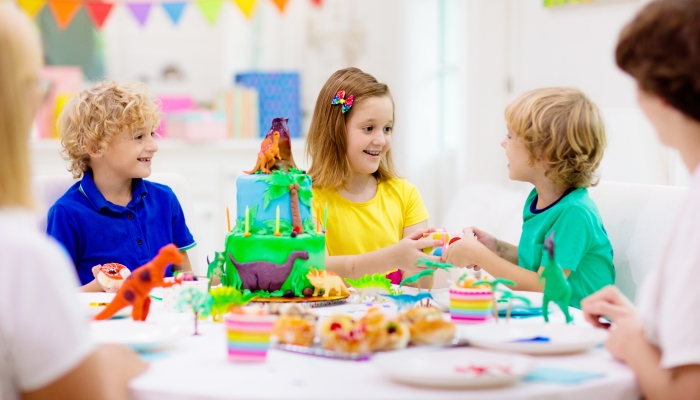
Always ask parents of kids on the guest list about food allergies ahead of time. Serve simple, allergy-friendly finger foods that are easy to eat.
Offering options allows kids to avoid foods or certain textures that they dislike.
Label your options too, to minimize confusion and stress.
Tip 7: Prepare Guests and Their Families

Planning ahead is a good way to reduce stress and to help you and your child feel empowered in your party planning and hosting.
That also goes for prepping your guests. Communicate ahead of time in your invitations to let your guests know that you are having a sensory-friendly party and what this means.
Let the parents of your child’s friends know what they can expect and provide guidelines for your birthday party so that everyone can have fun together.
Tip 8: Ensure Adequate Supervision and Support

If you can get some extra support to help you on party day, call on family members and friends for reinforcements. Always make sure you have a good ratio of supervising adults to children.
If you’re celebrating in a public venue, it’s always a good idea to let the staff know of any needs or concerns you have ahead of time. They can help you with transitions between activities or find a quiet space in the venue, for example.
Tip 9: Stay Flexible and Adaptable
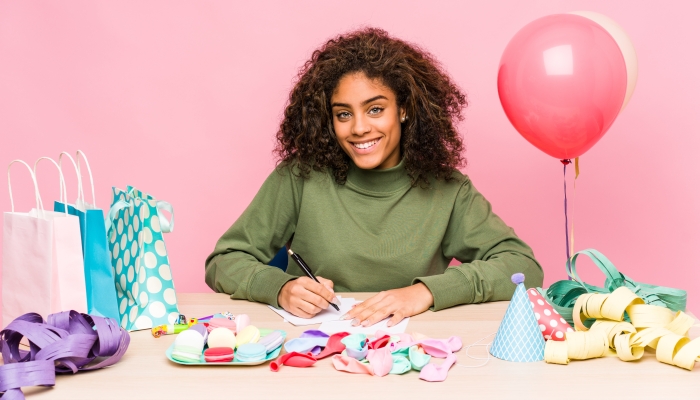
While planning ahead will help reduce your birthday party stress, staying flexible and adaptable about your plans is also important.
Be ready to manage any last-minute issues by keeping the following in mind:
- Prepare your child by involving them in the planning so they know exactly what to expect and are not surprised or overwhelmed at the event
- Have a backup plan for activities in case what you’ve organized isn’t working
- Be ready to modify the environment based on children’s responses
- Make sure there’s a quiet zone, safe space, or chill-out area that your child or their guests can retreat to
- Remember that many parents find planning a birthday party stressful, so ask for help and support when you need it
References
- Sensory Processing Disorder. Psychology Today. (n.d.-a). https://www.psychologytoday.com/us/basics/sensory-processing-disorder
- Martin, C. (2022, April 26). Sensory-Friendly Party Ideas. Child Mind Institute. https://childmind.org/article/sensory-friendly-party-ideas
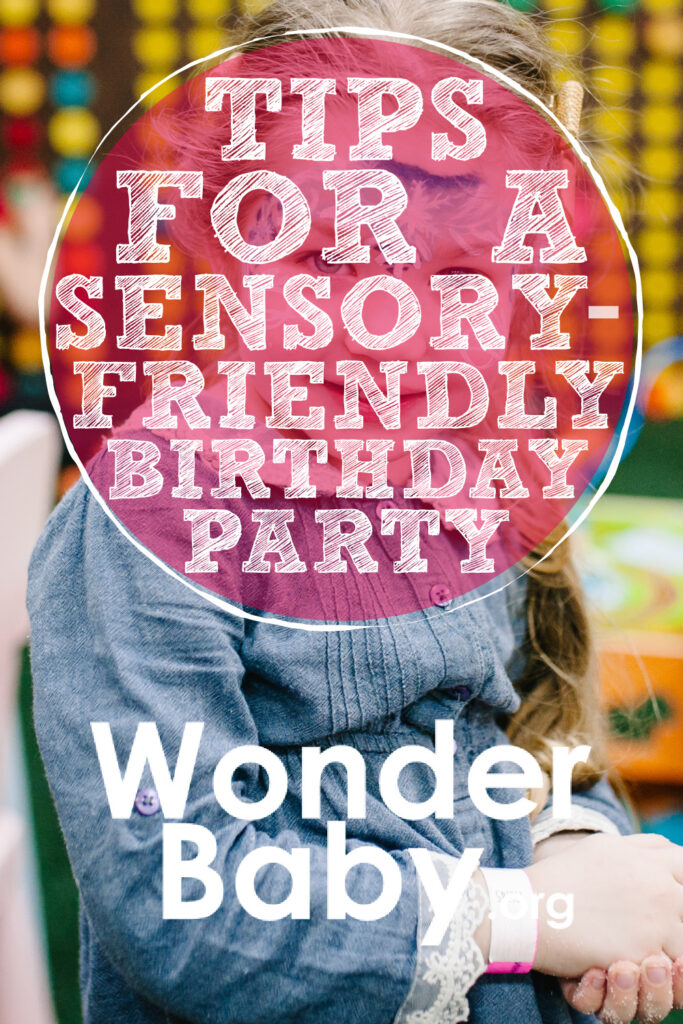
Related Posts

Eye Conditions and Syndromes, Visual Impairment
Neuralink Announces Plans to Restore Sight to the Blind with Brain Chip
Elon Musk’s company Neuralink has announced plans to begin human trials of its new “Blindsight” brain chip by the end of 2025.

Special Needs
5 Spring Cleaning Tips for Families of Children with Disabilities
Spring cleaning is an opportunity to create a more accessible, organized, and supportive space for your child with disabilities. Declutter, deep clean, and refresh!

Visual Impairment
The Gift of Understanding: How a Young Child Helps His Blind Father Navigate Life
When a parent is blind, it’s natural for people to wonder how their sighted child will adapt. Will they struggle to understand their parent’s needs? Will they feel burdened by...